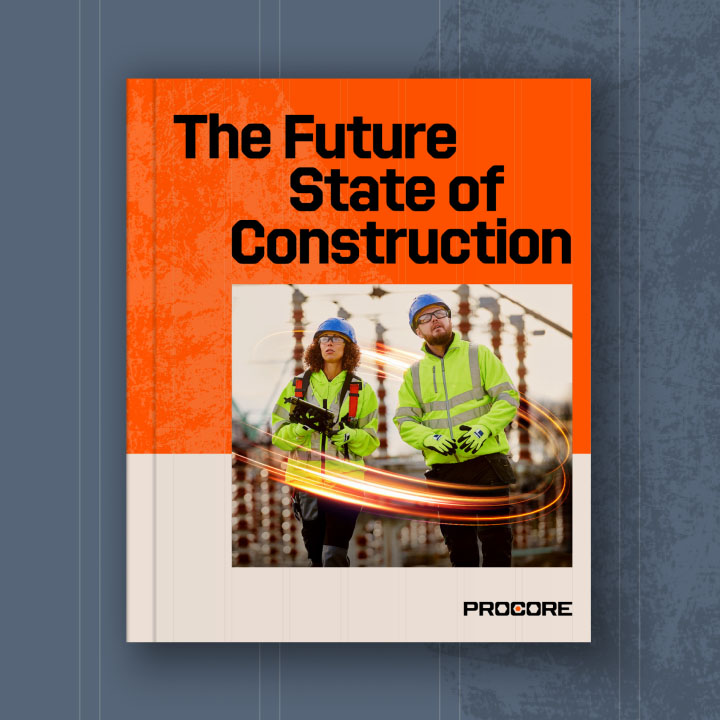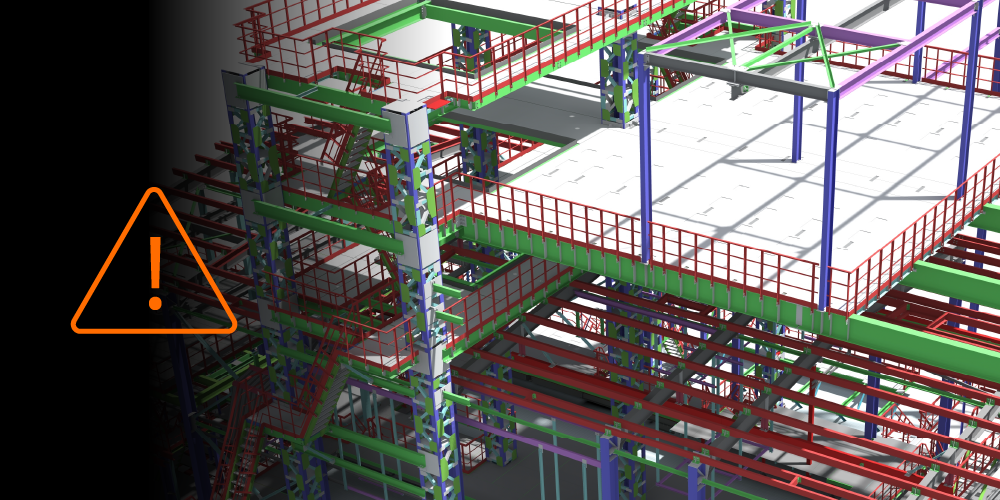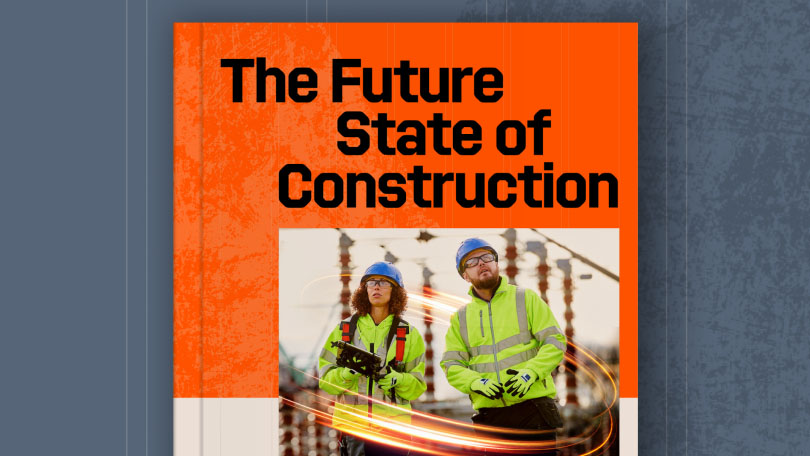Related Articles
— 7 min read
What Happens Post Construction? A Guide to Final Stages and Handover

Last Updated Aug 28, 2025

Josh Krissansen
47 articles
Josh Krissansen is a freelance writer with two years of experience contributing to Procore's educational library. He specialises in transforming complex construction concepts into clear, actionable insights for professionals in the industry.
Last Updated Aug 28, 2025

Construction work may be finished, but the project is not complete. The post-construction phase is a critical transition period where compliance, client satisfaction, and long-term outcomes are either secured or put at risk.
Many teams underestimate this stage. Overlooking key post-construction steps can lead to delayed retention, unresolved defects, missed regulatory requirements, and strained client relationships.
This guide outlines the essential tasks, risks, and best practices involved in post-construction in Australia and New Zealand.
Table of contents
Post-Construction Phase: What It Is and Why It Matters
The post-construction phase is the final stage of the project lifecycle. It begins after practical completion and formal handover to the client, and often includes owner occupancy, the start of the defects liability period, closure of permits, and contractor demobilisation.
This stage is not defined by a single milestone. It is a transitional period where operational control shifts to the client, and critical closeout tasks must be completed to ensure the building is ready for long-term use. These typically include:
- Defect rectification
- System commissioning
- Final documentation
- Financial closeout
A well-managed post-construction phase ensures that compliance obligations are met, systems function as intended, and any issues are addressed before they escalate. Strong execution improves client satisfaction, accelerates the release of retention, and creates opportunities for future work.
Success in this phase often depends on the quality of preparation during construction. Clear documentation, effective issue tracking, and timely closeout processes reduce the risk of disputes and strengthen trust with clients.
Read more: Building a Culture of Quality in Construction: How Safety Approaches Can Transform Quality
Key Aspects of Post-Construction
The post-construction phase brings together a range of critical activities that close out the contract and prepare the building for long-term use. Each task supports compliance, documentation, and client satisfaction and sets the tone for potential future work.
Defect List Completion
The defect list outlines remaining minor tasks that must be addressed before practical completion is certified. These can include leaks, missing fixtures, minor damage, or leftover materials. The list is typically developed during a final walkthrough with the client, builder, and architect.
The builder is responsible for coordinating subcontractors, tracking completion, and compiling any required documentation or change orders. Finalising the list is directly tied to issuing the Certificate of Practical Completion and releasing final payments.Final Inspections and Compliance Checks
The project must pass a final series of inspections that confirm it meets all contractual, design, and regulatory obligations.
These checks validate workmanship quality and confirm compliance with the National Construction Cod, WHS regulations, and any local council approvals.
Site walkthroughs, consultant sign-offs, and completion certificates are common at this stage. These records support as-built documentation and help ensure that all legal and safety requirements are fully met.Post-Construction Cleaning Services
A clean, safe site is part of a professional handover. The builder is expected to remove any rubbish, tools, or leftover materials and ensure all spaces are presentable for occupancy.
Final cleaning is often one of the last tasks completed before the walkthrough and plays a quiet but important role in shaping the client’s final impression of the project.Client Walkthrough and Handover Process
The final walkthrough marks the formal handover of the site to the owner or client representative. Led by the builder or project manager, it gives the client a chance to inspect the works, raise any final concerns, and receive an overview of systems and access procedures.
A well-managed construction handover improves transparency, builds trust, and supports a positive project close. It’s also an opportunity to set clear expectations around post-handover responsibilities and the defects liability period.Project Closeout and Documentation
Closeout is not complete without thorough documentation. Builders must collate and deliver a full handover package, which usually includes as-built drawings, O&M manuals, warranties, and compliance certificates. These documents may be provided as hard copies or digital files, depending on the contract.
This phase also includes final invoicing, contract reconciliation, and the release of any remaining retention money.
Clear, comprehensive records support ongoing facility management and reduce post-handover confusion.Post-Occupancy Evaluation (POE)
While not always a formal requirement, some clients conduct post-occupancy evaluations to assess whether the building performs as expected.
Feedback from occupants can reveal gaps between design intent and operational reality, informing future projects or prompting minor adjustments.Ongoing Maintenance, Repair, and Facility Services
Most contracts include a defects liability period, typically lasting 12 months.
During this time, the builder is responsible for managing minor repairs and coordinating with subcontractors to resolve any issues that emerge. In some cases, contractors may also support broader facility services or manage upgrades that arise after handover.
Access to up-to-date as-built records is essential in this phase. It supports accurate fault diagnosis, streamlines work approvals, and reduces the risk of delays during remedial work.
Common Challenges During Post-Construction and How to Overcome Them
Post-construction isn’t always smooth. Overlapping tasks, unclear ownership, and shifting client needs can create friction. Below are some of the most common challenges teams face, along with practical ways to prevent or resolve them.
1. Overlapping Responsibilities and Unclear Phase Boundaries
Milestones such as practical completion, handover, final payment, and the start of the defects liability period often overlap. When site teams demobilise before all punch list work or documentation is complete, accountability can become unclear.
Solutions include:
- Defining key transition points in the contract and project timeline, such as when retention is released or the defects liability period begins, so all parties understand the sequence.
- Allocating responsibility for outstanding tasks to specific individuals on the project team, ensuring follow-through during the handover period.
- Holding a formal internal and client-facing transition meeting to clarify what is still outstanding, who is responsible for each task, and when completion is expected.
2. Owner Requests and Changing Expectations
Post-handover, clients may request new features or adjustments. Even small additions can delay closeout or create disputes if not managed within the project’s contractual framework. Recommended approaches:
- Establish a formal variation process that applies after handover, detailing how changes will be priced, approved, and documented.
- Clarify early in the process that post-handover requests may fall under a new contract or incur additional costs and time.
- Use a centralised project management system to log all client requests and responses, ensuring transparency and avoiding disputes over scope.
3. Handover Process Issues
Incomplete or rushed handovers can leave clients unsure about how systems operate or unclear on their maintenance responsibilities. These gaps can trigger warranty disputes or damage client satisfaction. To prevent this:
- Develop a handover checklist early in the build and update it throughout the project to capture evolving requirements.
- Conduct a formal handover walkthrough with the client to explain building systems, demonstrate functionality, and confirm satisfaction before demobilising.
- Nominate a clear post-handover contact within your team to manage queries, warranty requests, or follow-up support.
4. Incomplete or Disorganised Documentation
Missing O&M manuals, compliance certificates, or as-built drawings can delay occupancy or lead to long-term maintenance challenges. Disorganised files also create extra work and erode client confidence. Practical solutions include:
- Compile documentation progressively throughout construction rather than leaving it until the final stages of the build.
- Use a consistent, standardised file structure for naming, organising, and packaging handover materials, making it easy for the client to navigate.
- Deliver documentation in both digital and hard-copy formats (if requested), and confirm receipt and understanding with the client before closing out.
5. Lack of Integrated Software and Digital Records
Without a centralised platform, closeout documentation and communications can become fragmented or lost. Important records such as RFIs, approvals, or defect logs may be difficult to locate when needed. Mitigation strategies include:
- Implementing construction management software with closeout functionality to centralise documents, track defect resolution, and manage client correspondence.
- Ensuring consistent use of the platform across the team, with clear responsibilities for uploading and maintaining records.
- Providing the client with limited access to key documents via a shared portal, supporting transparency and long-term reference.
6. Strained Client Relationships Post-Handover
Delayed defect resolution, poor communication, or lack of follow-up can damage the client relationship and reduce the chances of future work or referrals. To maintain strong relationships:
- Set clear expectations at handover around how to log defects, response timeframes, and who to contact for support.
- Schedule a follow-up meeting early in the defects liability period to check in with the client and proactively address any issues.
- Use post-handover feedback tools such as surveys or review calls to assess client satisfaction and identify improvement opportunities.
Strong post construction processes protect project outcomes and strengthen client relationships.
The post-construction phase is a critical part of project delivery, not just an afterthought. By managing handover, documentation, and client expectations with care, construction teams can reduce risk, improve satisfaction, and set the stage for future work.
See what’s coming in construction over the next decade.
Download the Future State of Construction Report for insights, trends, and innovations shaping the industry over the next 8–10 years.

Categories:
Written by

Josh Krissansen
47 articles
Josh Krissansen is a freelance writer with two years of experience contributing to Procore's educational library. He specialises in transforming complex construction concepts into clear, actionable insights for professionals in the industry.
View profileExplore more helpful resources

Managing Direct Costs in Construction: How Visibility Drives Profitability
Direct costs define the financial reality of every construction project. They cover the labour, materials, and equipment that drive delivery and determine profitability. But even the best-planned budgets can shift...

BIM Clash Detection: Reducing Rework, Delays, and Risk in Construction
Design clashes can be a significant hidden cost in construction, as each conflict between systems risks expensive rework, project delays, and reduced margins. BIM clash detection empowers teams to identify...

Next-Gen Job-Costing: Ready to Move? 5 Things to Consider Before You Get Started
In this three-part series, Quantity Surveyor turned Financial Solutions Specialist Clint Burgess uncovers the real-world gains for people, processes, and profits when businesses move from legacy to next-generation Enterprise Resource...

From Workarounds to Workflow: Solving Construction’s Legacy Job-Costing System Challenges with Next-Gen Tools
In this three-part series, Quantity Surveyor turned Financial Solutions Specialist Clint Burgess uncovers the real-world gains for people, processes, and profits when businesses move from legacy to next-generation Enterprise Resource...
